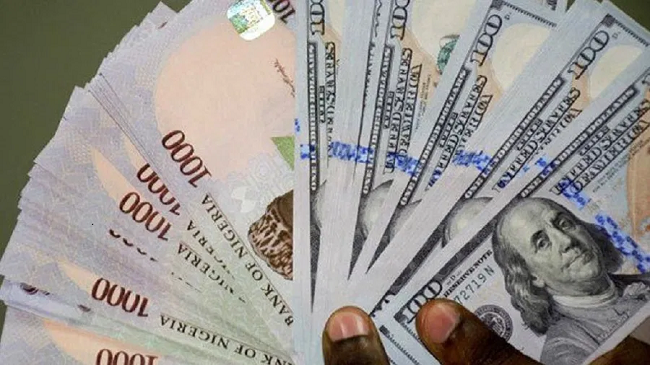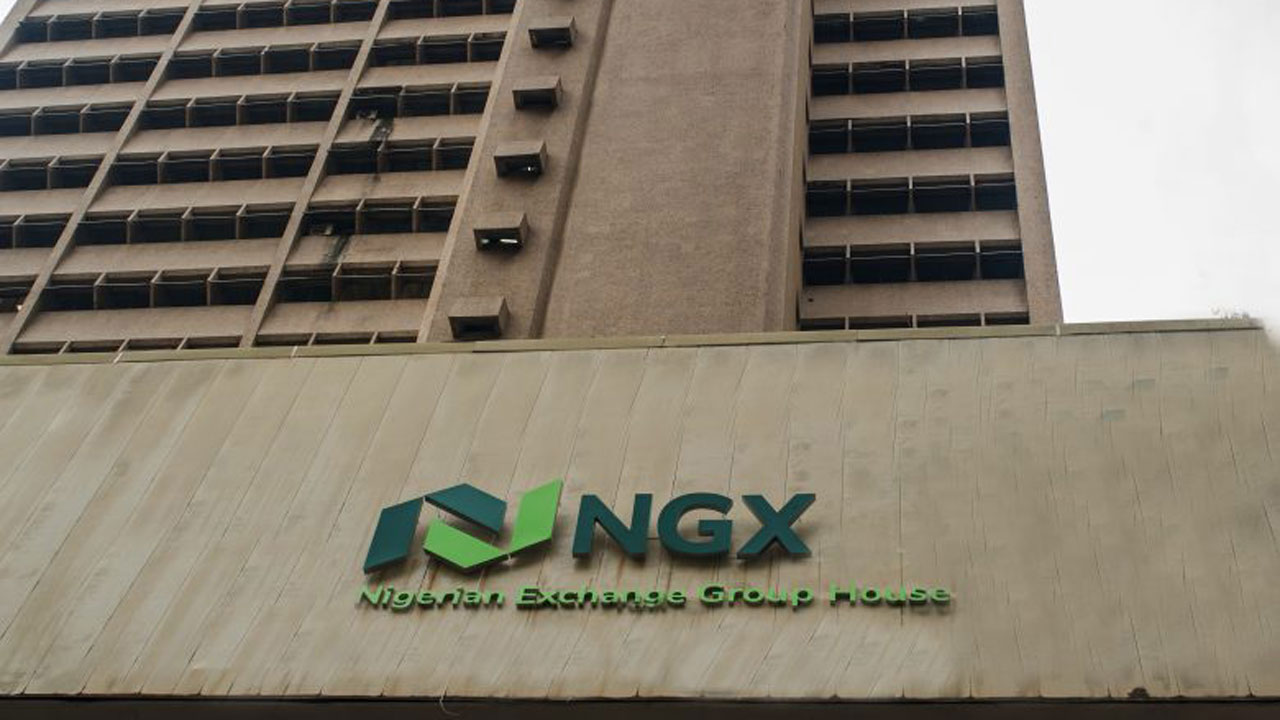The Nigerian Naira lost value against the US dollar on Monday as market demand for foreign currency outpaced market supply. At the foreign exchange window for investors and exporters, one US dollar was exchanged for N461.50.
As comparison to the N461.33 it swapped for before Friday’s close of business, the rate reflected a reduction of 0.04 percent, according to information received from the FMDQ Exchange website.
On Monday, the open indicative rate reached a low of N461.75 to the dollar. Before it finished at N461.50, the exchange rate for the day’s trade reached a high of N462.42 to the dollar. Throughout the course of the day’s trade, the Naira fell as low as N460 to the US dollar. The official investors’ and exporters’ window saw transactions worth a total of 101.77 million US dollars, according to traders.
With increased demand and reduced inflow support levels, the market was out of equilibrium. This was due to a combination of low export receipt inflow and rising manufacturing demand for financing of qualified import bills. The naira declined versus the dollar, trading down at N461.50 (from N461.33) at the official window for manufacturers and exporters, maintaining the long-term trading pattern.
However, the parallel market gained 0.13% to N745 (from N746). The gap between the open and the official market rate is currently below N300, though it has crossed the line a few weeks ago.
Data from the apex bank gathered and reviewed by MarketForces Africa shows that after falling for 10 weeks, gross external reserves declined by about 3% today, settling at $35.74 billion.
Brent crude rose 1.73% to $76.29 per barrel, while West Texas Instrument (WTI) crude gained 1.66% to $70.41 per barrel. Due to low inflow into foreign reserves amidst the rising need for FX market intervention, Nigeria’s foreign reserves has maintained about a 3% decline in the first quarter. Oil futures rose today driven by increasing investor risk appetite and authorities’ efforts to boost confidence in the global banking sector’s stability.














